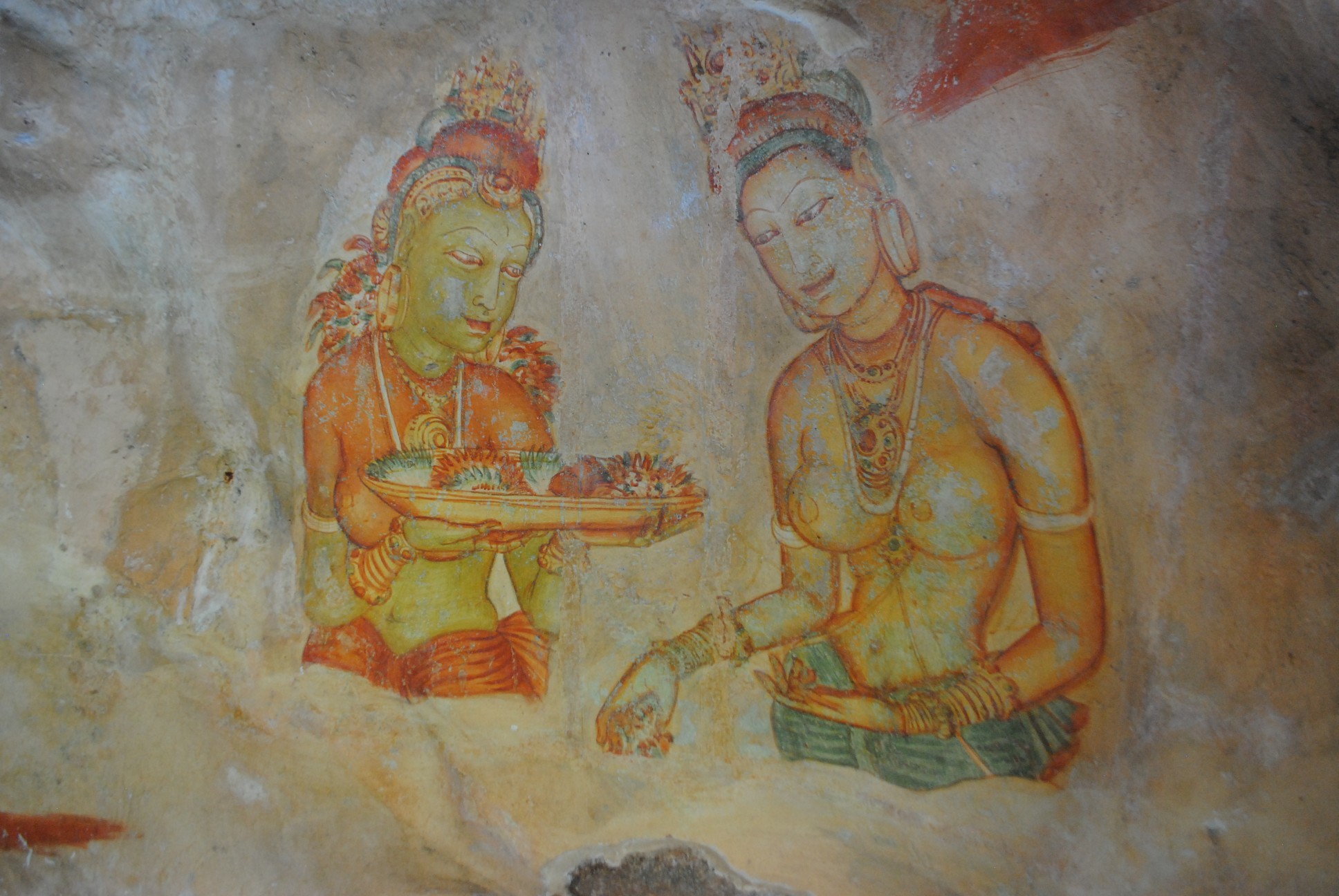Idiosyncrasies of Sri Lankan Mass
/By J.T.
Part of the comfort of a Catholic Mass is supposed to be that, local language aside, it's the same wherever you go in the world. This is largely true, but details can be subject to change.
I'm not particularly religious, but I love religion. More importantly, I love ritual. So when I found myself in Negombo, a town in Sri Lanka with a high percentage of Christians, on Palm Sunday, my favorite mass of the year, I decided to go to church.
Earlier in the day, I sat in on a rosary. The idiosyncrasies began then and there. Everyone took their shoes off before entering the Church. Of course the prayers were said in Sinhalese (or maybe Tamil), but I noticed that most people, unlike me, did not come empty-handed. A statue of the Virgin Mary had been brought out, and almost everyone set a flower lei around her neck, so many that in the end you could hardly see her face. And they opened bottles of water, and placed them near the statue with the cap off.
Offerings of flowers and fruit are a big part of Sri Lankan Buddhism, so it's really no wonder that this carried over to Sri Lankan Catholicism. Think of it like the Pagan Christmas tree or stories of St. Bridget.
A fresco at the ancient site of Sigiriya. Fruit and flower offerings have long been a part of Sri Lankan Buddhism.
Later that day, when I attended Palm Sunday Mass at the Cathedral downtown, I noticed more and more peculiarities. Nobody lined up outside the church for the Palm Sunday procession, and palms were given out at the end of mass, rather than the beginning.
Let me note here, that Palm Sunday is the worst day to go to attend a mass in a foreign language. There is no singing. It's just the story of Jesus in Jerusalem, read straight from the Bible. While it is an exciting and emotional story, that's only true when it's in a language you understand.
As far as I could tell, the traditional Palm Sunday mass didn't diverge from what I'm used to. But there were other differences that could probably be found in Sri Lankan Catholic churches on any given Sunday. I noticed that during the Our Father, nobody held hands. Well, that's not too unusual; it's becoming less and less common in the U.S. as well. I think that people don't want to touch strangers any more. But while extending the sign of peace, nobody shook hands, either. Instead, everyone touched their hands together in a prayer position and made a quick bow to the person on the left and right of them. I fumbled a bit to imitate them, and said "peace be with you" in English.
When it came time to take communion, nobody lined up, row by row. Instead, people got up as they saw fit, from the front, back, and middle. They walked up to the altar and still didn't cue. It was a mass grouping. This was still church, so their wasn't any pushing or shoving, but cuts were definitely taken. When I got to the front of the clutch of people, I saw that everyone knelt to receive communion. And what's more, everyone received communion directly into their mouths. Now, I know that this used to be common practice, and I've seen elderly people receive communion this way, but I've never done so, and felt a little bit weird about it. So I held out my hands. But the old nun who was distributing the host would have none of that. So, reluctantly I opened my mouth and she set it on my tongue.
In my mind, I still believe that after church, if I was good, I should get a doughnut. It's ingrained into my brain. Maybe not a powdered sugar one, because those are messy and get powdered sugar all over the back seat of the car, but still, I should get one. Of course, there were no doughnuts to be had, but there was a cart out on the sidewalk selling short eats, Sri Lankan street food, of roti stuffed with spicy potatoes and little savory fried dough balls. Close enough.
